Culture in Myanmar ( History, politics, traditions ) 2025
Recent history of Myanmar
Historical Context and Political Timeline

1. Colonial Period to Independence (1824-1948):
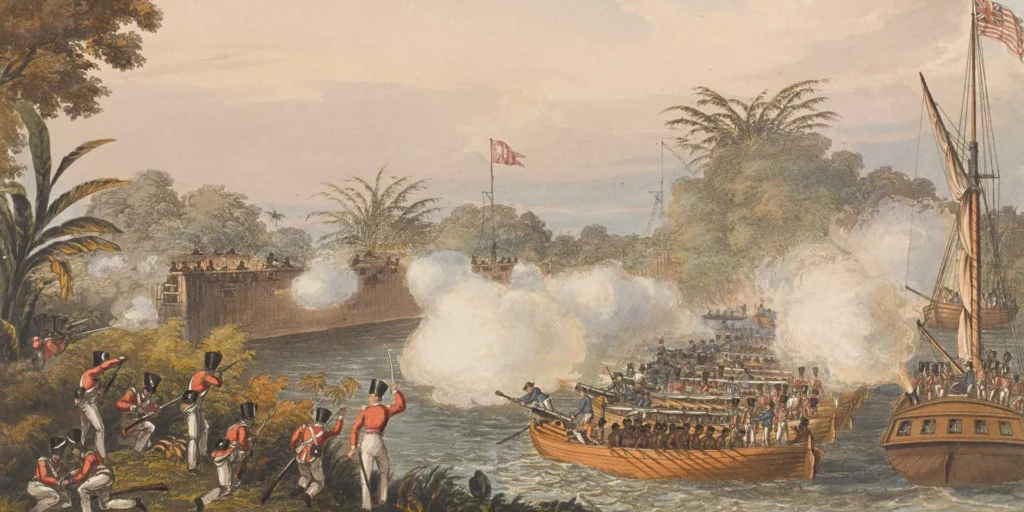
British colonial rule began with the Anglo-Burmese Wars (1824-1886). Burma gained independence on January 4, 1948, under the leadership of U Nu .
2. British colonial rule began with the Anglo-Burmese Wars (1824-1886) .
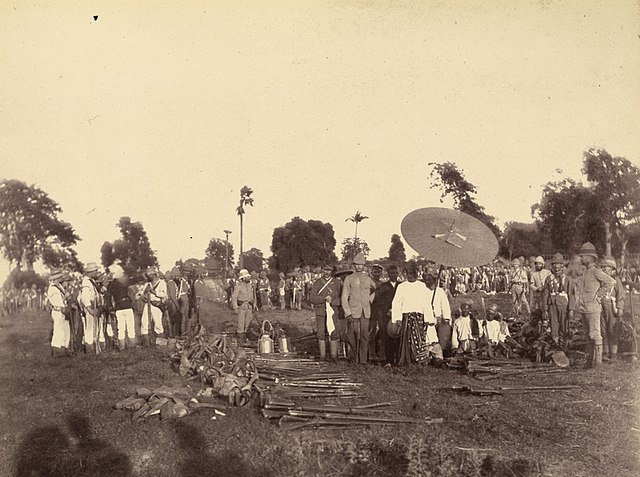
Burma gained independence on January 4, 1948, under the leadership of U Nu .
3. Early Independence and Military Rule (1948-1988):
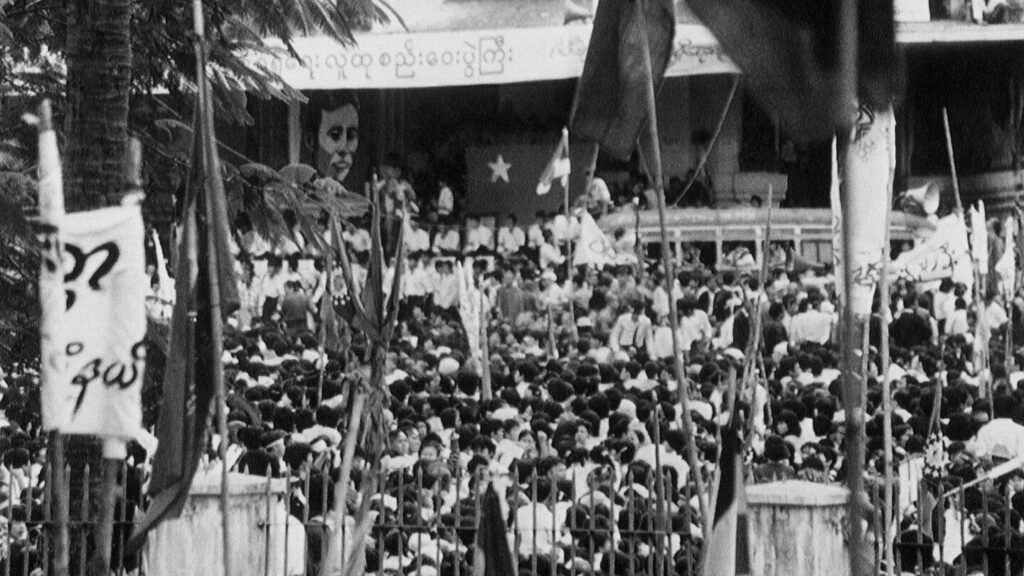
General Ne Win led a military coup in 1962, establishing a military junta and initiating the “Burmese Way to Socialism” .A new constitution in 1974 transferred power to a military-dominated People’s Assembly .
General Ne Win led a military coup in 1962, establishing a military junta and initiating the “Burmese Way to Socialism” .
A new constitution in 1974 transferred power to a military-dominated People’s Assembly .
4. Transition and Political Repression (1988-2010):
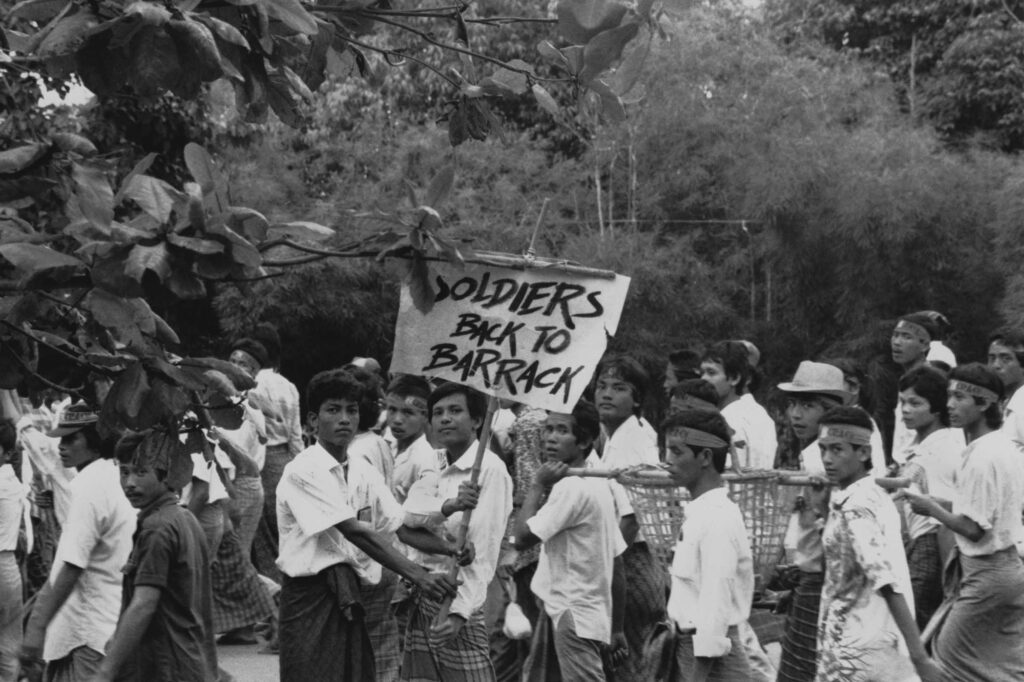
The 8888 Uprising in 1988 saw massive pro-democracy protests violently suppressed by the military .In 1990, the National League for Democracy (NLD) won a landslide victory, but the military refused to recognize the results .Aung San Suu Kyi, leader of the NLD, was awarded the Nobel Peace Prize in 1991 while under house arrest.
The 8888 Uprising in 1988 saw massive pro-democracy protests violently suppressed by the military.

In 1990, the National League for Democracy (NLD) won a landslide victory, but the military refused to recognize the results .
Aung San Suu Kyi, leader of the NLD, was awarded the Nobel Peace Prize in 1991 while under house arrest.
5. Democratic Reforms and Setbacks (2010-2021):

A new constitution in 2008 ensured military control over key aspects of government .The NLD won a landslide victory in 2015, with Aung San Suu Kyi becoming the de facto leader of Myanmar .The Rohingya crisis in 2017 led to accusations of ethnic cleansing against the military.
A new constitution in 2008 ensured military control over key aspects of government .
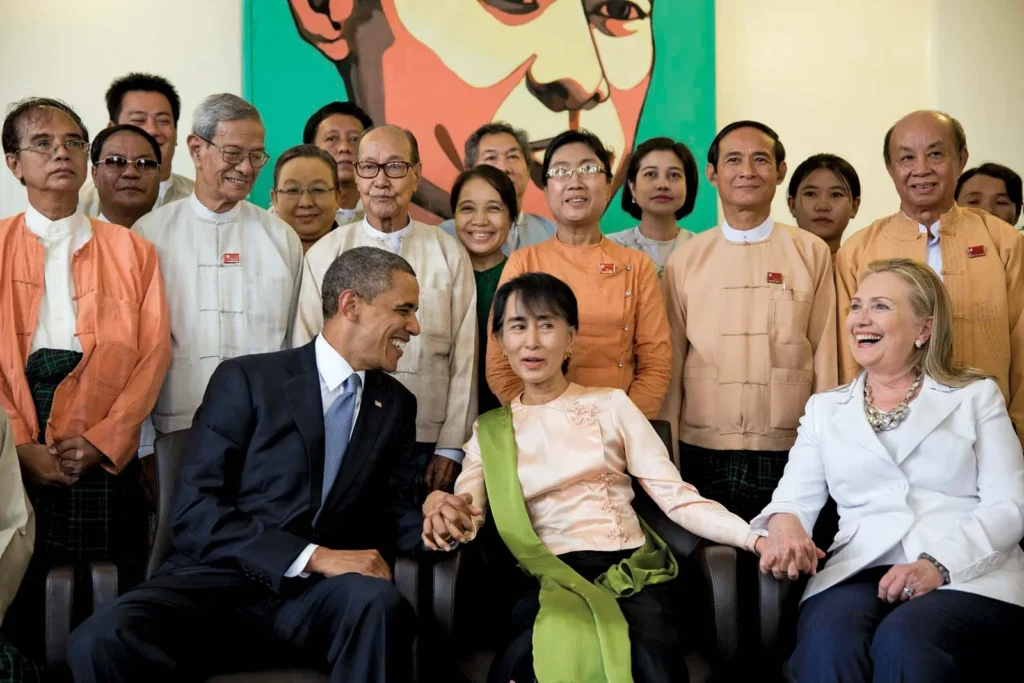
The NLD won a landslide victory in 2015, with Aung San Suu Kyi becoming the de facto leader of Myanmar .
The Rohingya crisis in 2017 led to accusations of ethnic cleansing against the military.
6. Recent Developments (2021-Present):
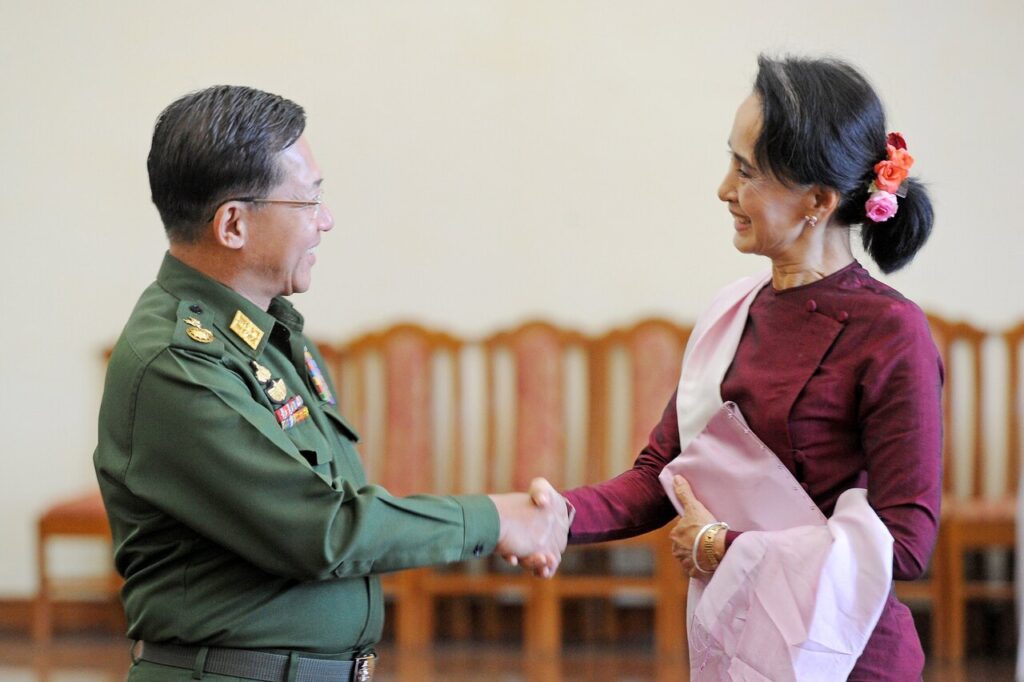
On February 1, 2021, the military, led by General Min Aung Hlaing, staged a coup, detaining Aung San Suu Kyi and other leaders .Widespread protests and civil disobedience movements emerged, leading to violent crackdowns by the military.
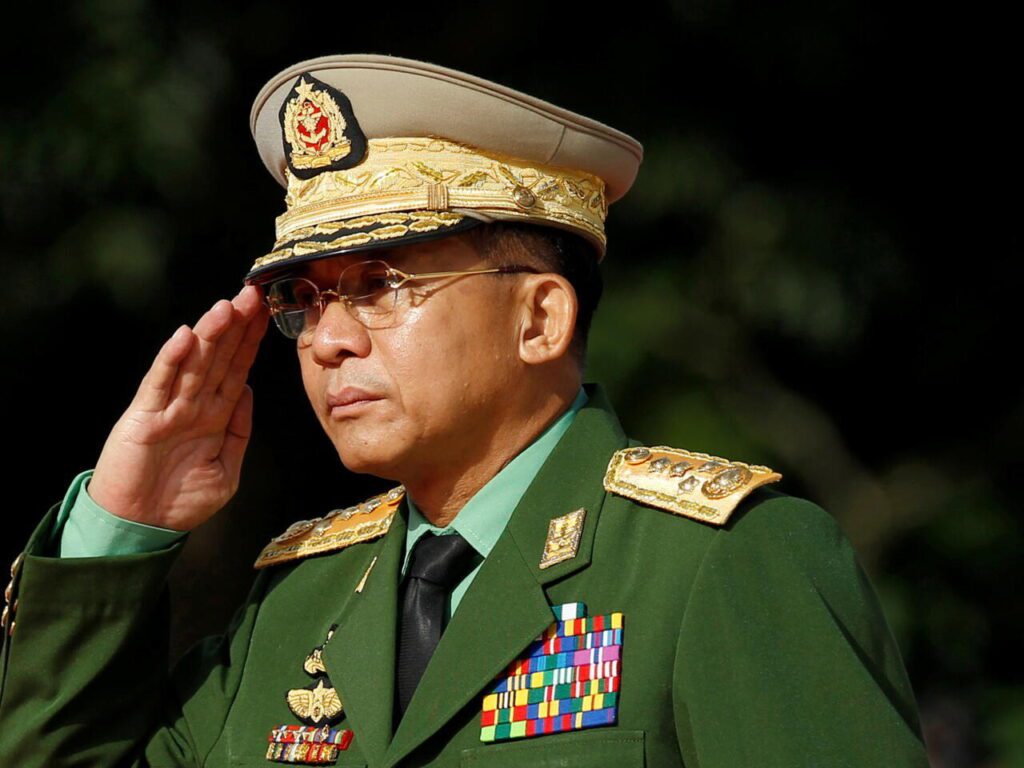
On February 1, 2021, the military, led by General Min Aung Hlaing, staged a coup, detaining Aung San Suu Kyi and other leaders .
Widespread protests and civil disobedience movements emerged, leading to violent crackdowns by the military .
Key Political Figures and Their Impact
1. Aung San Suu Kyi:
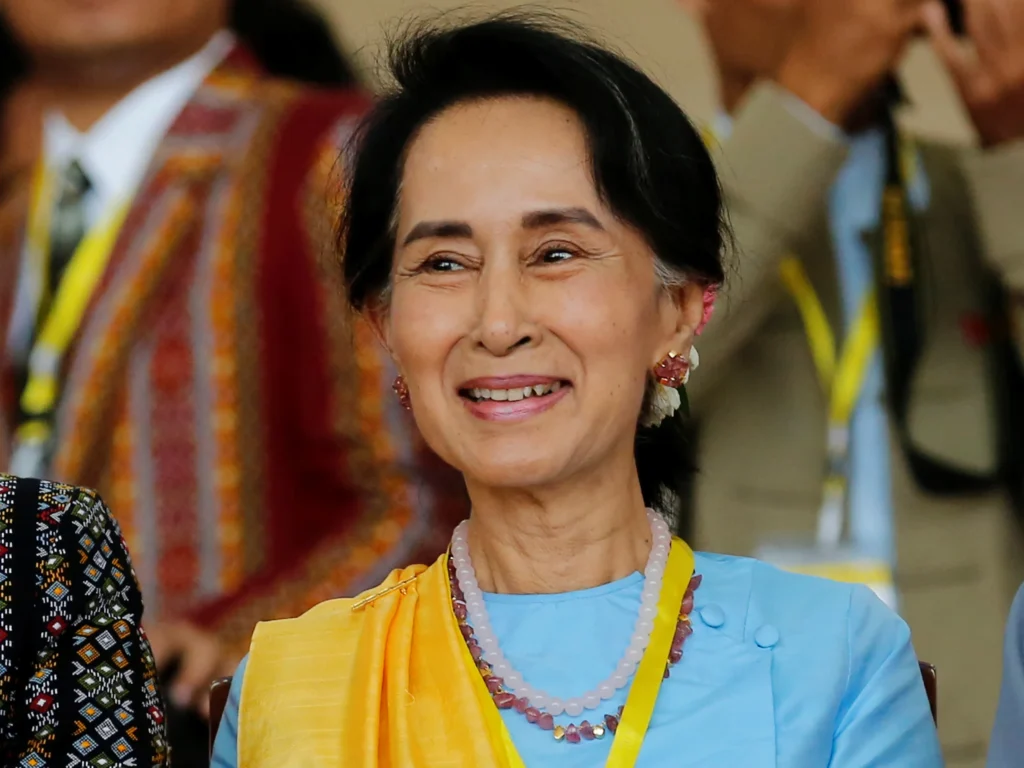
Emerged as a symbol of peaceful resistance against military rule in the late 1980s. Spent nearly 15 years under house arrest between 1989 and 2010.Led the NLD to victory in 2015, becoming the de facto leader of Myanmar. Her leadership was marred by international criticism over the Rohingya crisis.
- Arrested during the 2021 military coup, ending her tenure as leader.
- Emerged as a symbol of peaceful resistance against military rule in the late 1980s.
- Spent nearly 15 years under house arrest between 1989 and 2010.
- Led the NLD to victory in 2015, becoming the de facto leader of Myanmar.
- Her leadership was marred by international criticism over the Rohingya crisis.
- Arrested during the 2021 military coup, ending her tenure as leader .
2. General Ne Win:
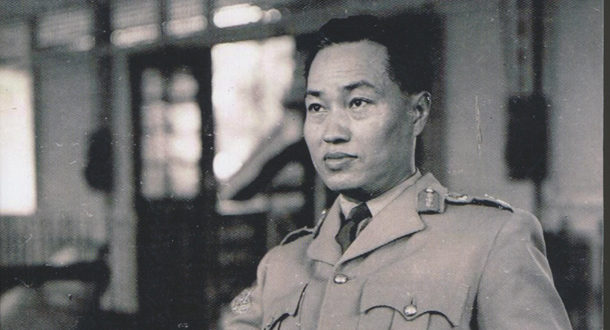
Led the 1962 military coup, ending Myanmar’s brief experiment with democracy.Implemented the “Burmese Way to Socialism,” leading to economic decline and increased ethnic tensions.
- His legacy of authoritarian rule and economic mismanagement set the stage for continued military dominance in Myanmar’s politics .
- Led the 1962 military coup, ending Myanmar’s brief experiment with democracy.
- Implemented the “Burmese Way to Socialism,” leading to economic decline and increased ethnic tensions.
- His legacy of authoritarian rule and economic mismanagement set the stage for continued military dominance in Myanmar’s politics .
Impact of Military Rule and Political Instability
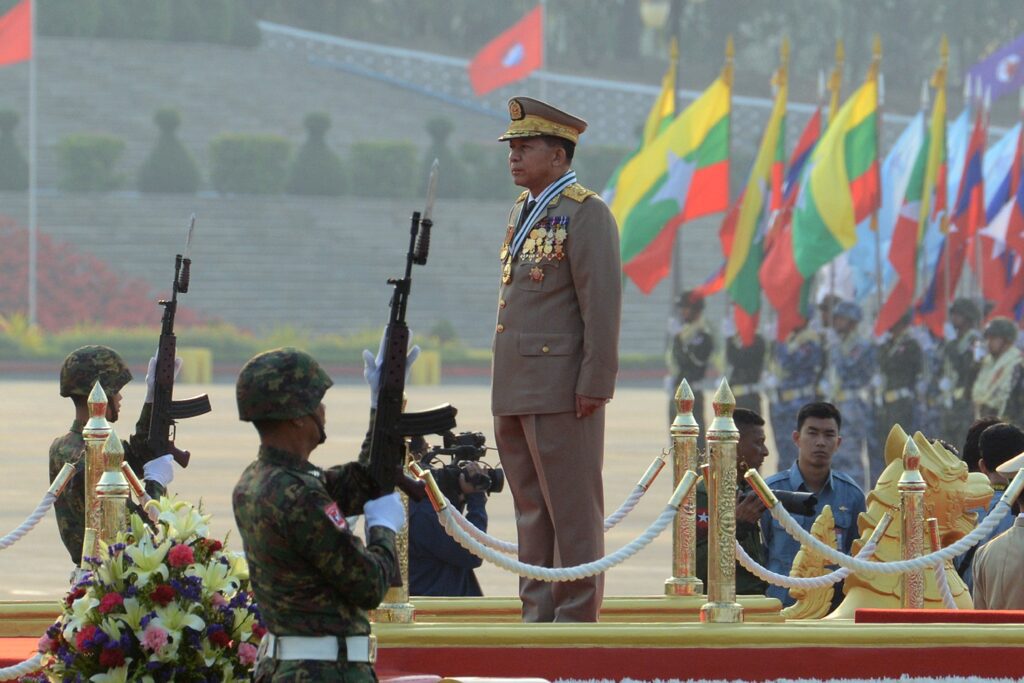
Cultural Impact

1. Ethnic and Religious Tensions: The military’s policies have often favored the Bamar majority, leading to tensions with ethnic minorities. The imposition of Bamar culture and Buddhism has marginalized other ethnic and religious groups, contributing to ongoing ethnic conflicts .
2. Suppression of Cultural Expression: Under military rule, there has been significant suppression of cultural and political expression. The use of minority languages in education and government has been restricted, promoting a policy of Burmanization.
Economic Impact
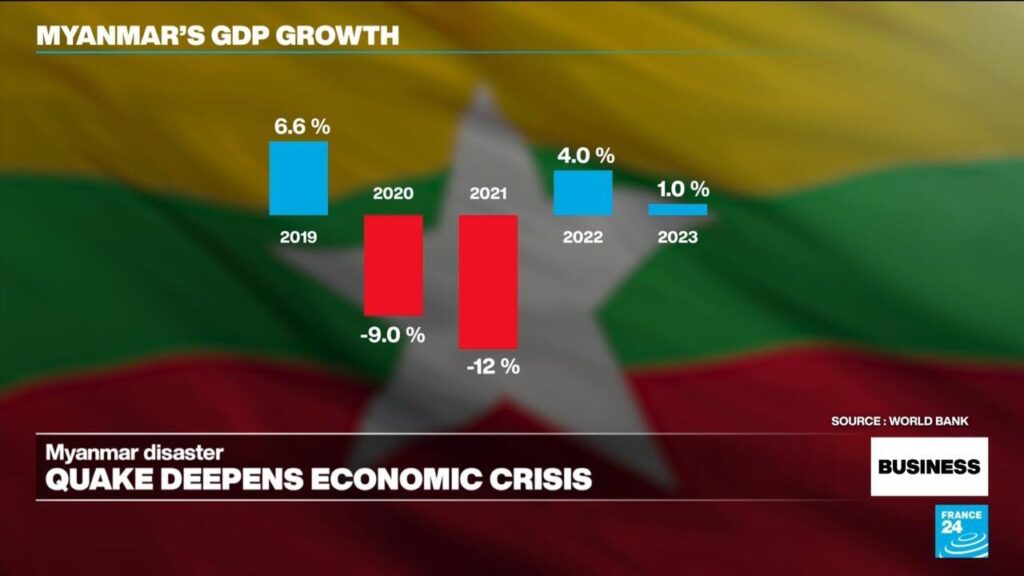
1. Economic Decline and Sanctions: The military’s mismanagement and isolationist policies have led to economic decline. The 2021 coup further exacerbated economic challenges, leading to international sanctions and a sharp contraction of the economy. The economy shrank by nearly 20% in 2021 .
2. Impact on Urban Areas: Major cities like Yangon, Mandalay, and Naypyidaw have experienced significant economic disruptions. Businesses face a challenging operating environment with high inflation, unemployment, and logistical disruptions.
Impact on Daily Life
1. Civil Disobedience and Protests: Following the 2021 coup, urban areas have been centers of resistance, with widespread protests and civil disobedience movements. The military’s violent crackdowns on these protests have led to a climate of fear and insecurity.
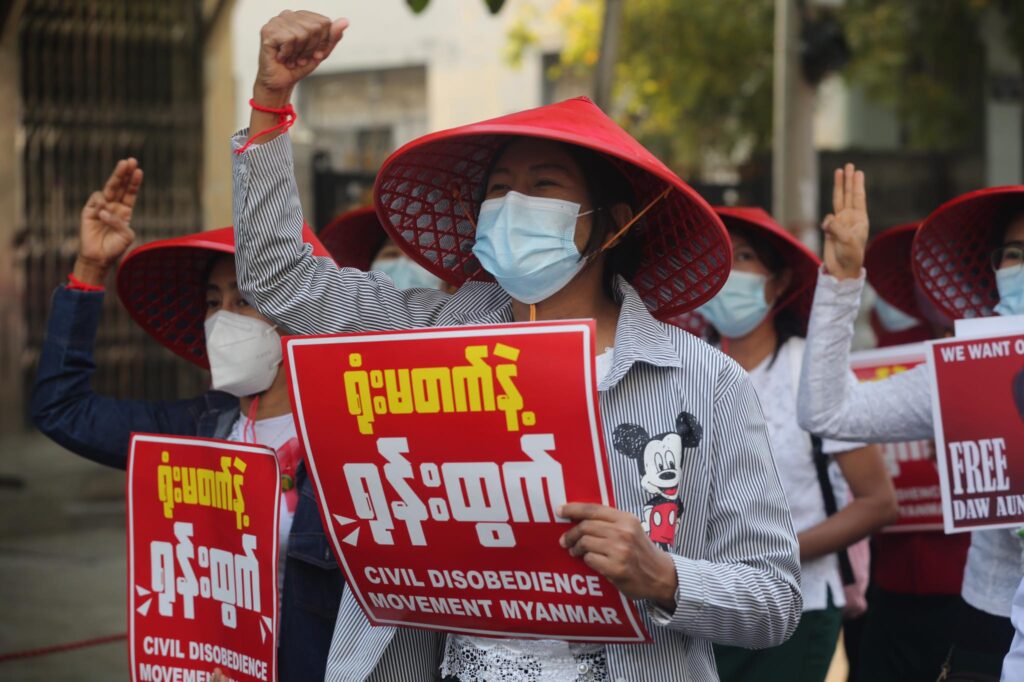
2. Humanitarian Crisis: The political instability has led to a severe humanitarian crisis, with nearly 1 million people internally displaced and millions more in need of aid. Urban areas have seen increased poverty and food insecurity, exacerbated by the military’s obstruction of humanitarian aid .
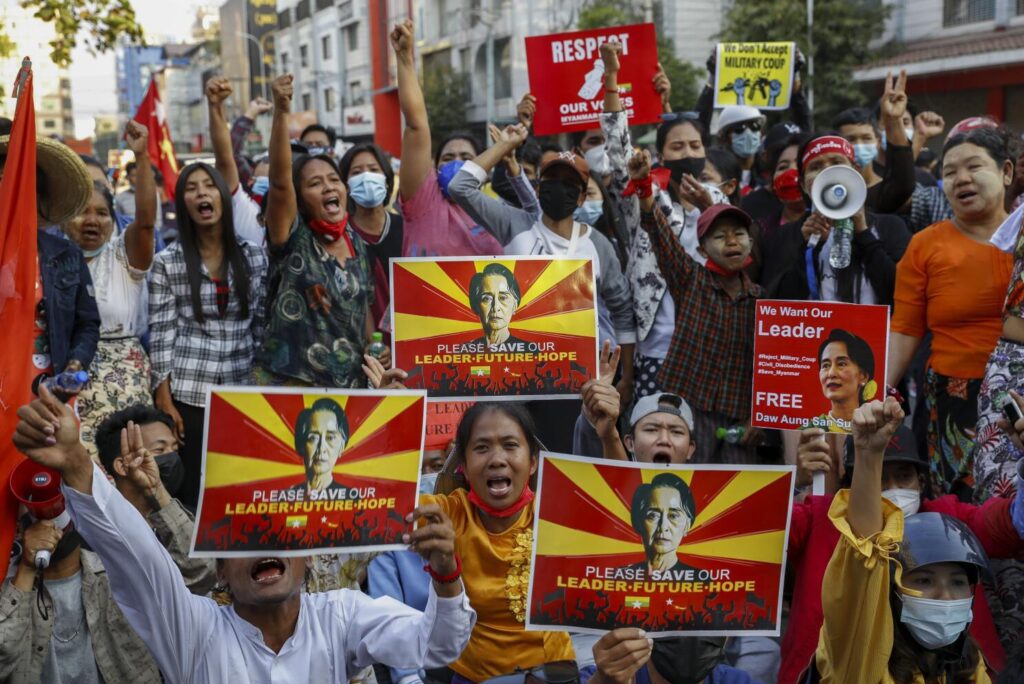
3. Impact on Public Services: The coup and subsequent instability have severely impacted public services, including healthcare and education. Public spending on these sectors has declined, affecting the quality of life in urban areas .
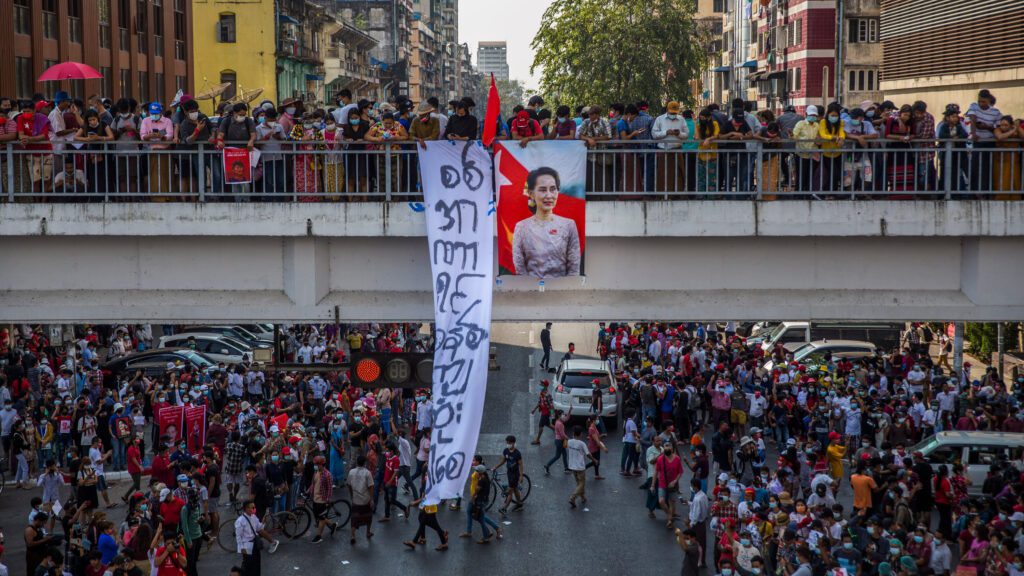
Ethnic Diversity and Religious Influence
1. Ethnic Diversity:
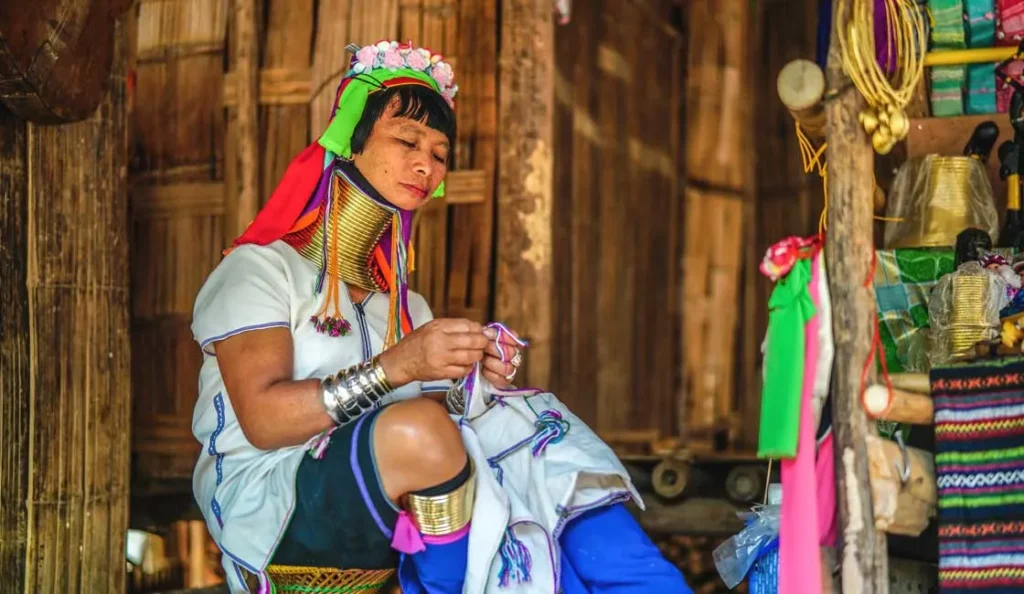
With over 130 recognized ethnic groups, Myanmar’s cultural landscape is incredibly diverse. The Bamar (or Burman) people make up the majority, but ethnic minorities such as the Chin, Kachin, Karen, Karenni, Mon, Rakhine, and Shan have played significant roles in the country’s politics and conflicts .
2. Buddhist Influence:
Theravada Buddhism, practiced by nearly 90% of the population, has a profound impact on Myanmar’s culture and politics. Buddhist nationalism has been used as a political tool by both the military and nationalist movements, sometimes leading to the marginalization of non-Buddhist minorities .
3. Rohingya Crisis:

The persecution of the Rohingya, a predominantly Muslim ethnic group, exemplifies how religious nationalism has been used to justify ethnic cleansing. The crisis has led to international condemnation and further complicated Myanmar’s political situation .
International Response
1. Sanctions: Countries like the United States, Canada, and the European Union have imposed targeted
sanctions on Myanmar’s military regime, including asset freezes and travel bans on military leaders.
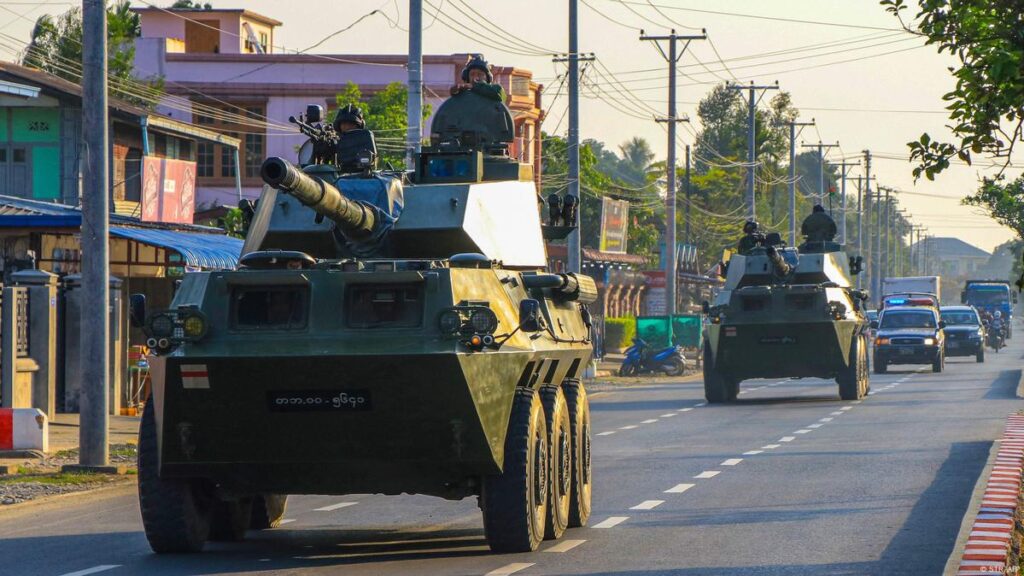
2. Diplomatic Efforts: The United Nations and ASEAN have been actively involved in addressing the crisis. ASEAN’s Five-Point Consensus serves as a roadmap for resolving the crisis, calling for dialogue among all parties and the cessation of violence.
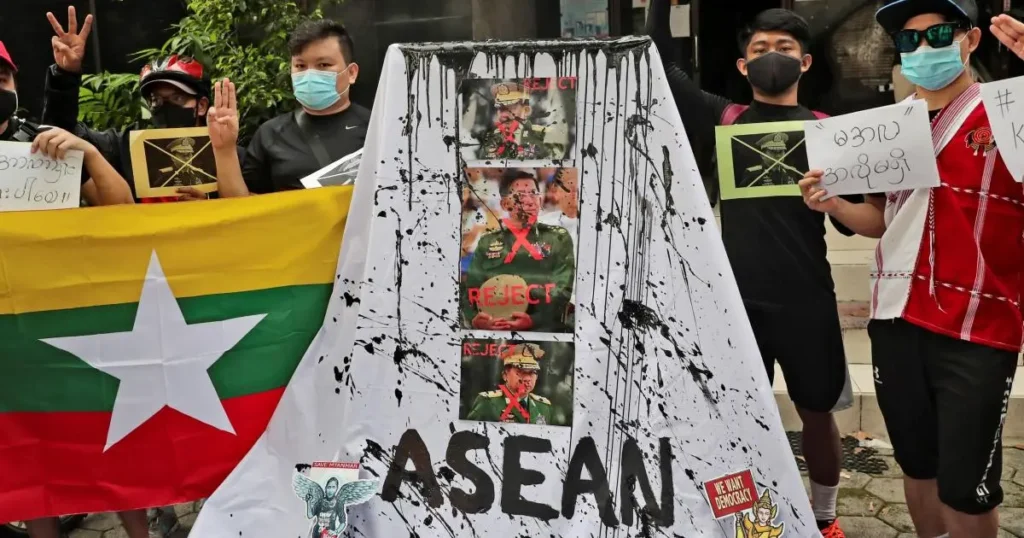
3. Humanitarian Aid: Various international organizations have been urged to provide humanitarian assistance and support accountability for human rights violations.
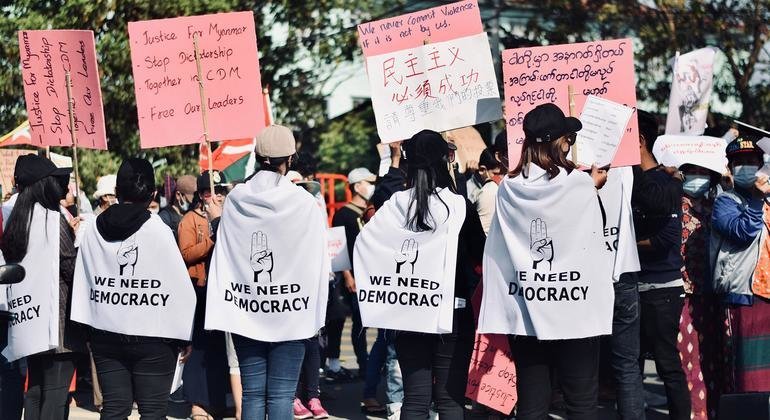
4. Geopolitical Challenges: The effectiveness of international responses is complicated by Myanmar’s relationships with countries like China and Russia, which have provided diplomatic support to the junta

Responsible Travel: Engaging with Myanmar’s Culture Ethically
1. Support local communities: Choose locally-owned accommodations, restaurants, and tour operators to ensure your travel spending benefits local people directly.

2. Respect religious sites: When visiting pagodas and monasteries, dress modestly and follow local customs, such as removing shoes before entering sacred spaces.

3. Learn about the current situation: Stay informed about the political and social context of Myanmar to make responsible travel decisions and engage in meaningful conversations with locals.
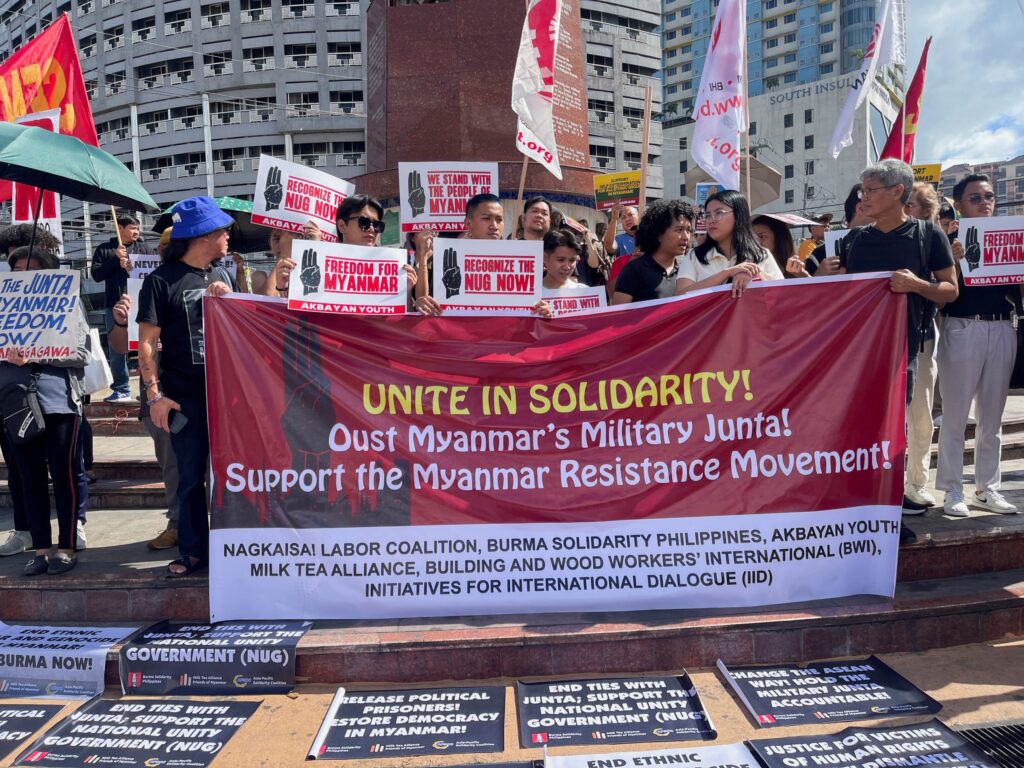
4. Preserve cultural heritage: Avoid purchasing antiques or artifacts that could contribute to the loss of Myanmar’s cultural heritage.
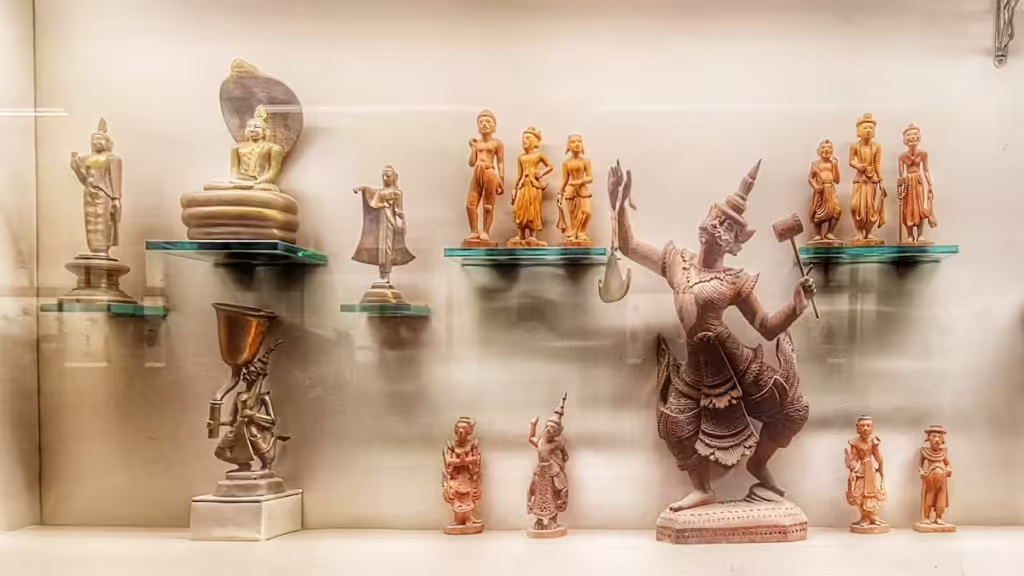
5. Be mindful of photography: Always ask for permission before taking photos of people, especially in rural areas or at religious sites.

6. Support ethical tourism initiatives: Look for tourism projects that prioritize community development and cultural preservation.

Conclusion: The Enduring Spirit of Myanmar
WHO AM I ?
Hello! I’m Eric, a French Australian citizen based between Australia, Asia and Bali and I love to travel and experience the world. I generally like outdoor activities, wellness, great food and venues , party and real local adventures ! I am a Yoga practitioner and fitness lover
I created this blog because I love to travel and I want to share my experiences with others. I’ve been traveling since I was a child, and I’ve been to over 50 countries. I’ve seen some amazing things and met some amazing people, and I want to help others experience the same things.

I believe that travel is one of the best ways to learn about the world and about yourself. When you travel, you’re forced to step outside of your comfort zone and experience new things. You learn about different cultures, different religions, and different ways of life. You also learn about yourself, your strengths, and your weaknesses.
Travel can also be a great way to make new friends. When you’re traveling, you’re surrounded by people from all over the world, and you’re all in the same boat. You’re all there to explore and experience new things, and that can create a bond between people.
Let’s connect together!
I hope that my travel blog will inspire others to travel and to see the world. I also hope that it will help people to learn about different cultures and to become more open-minded.




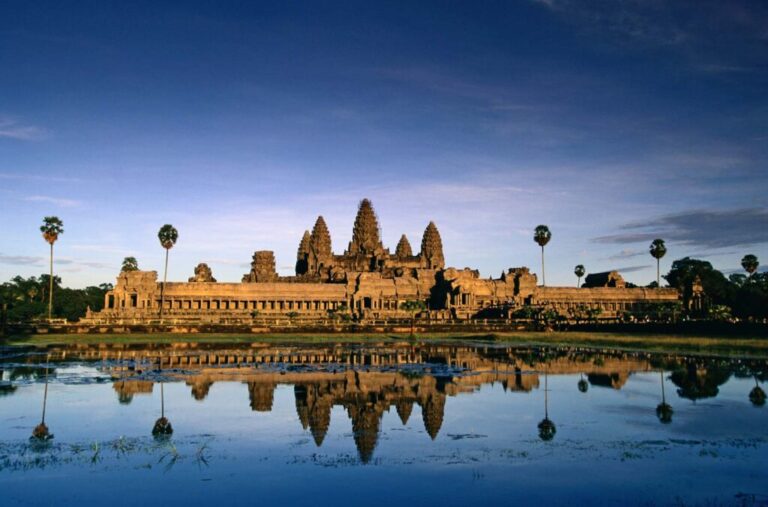
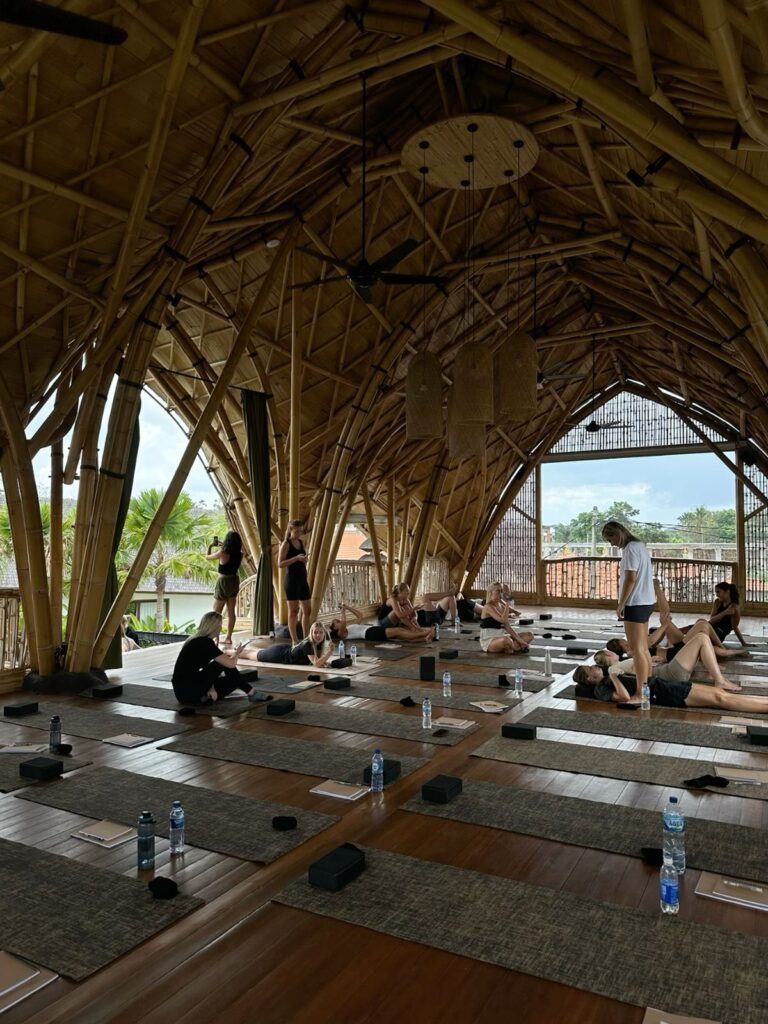

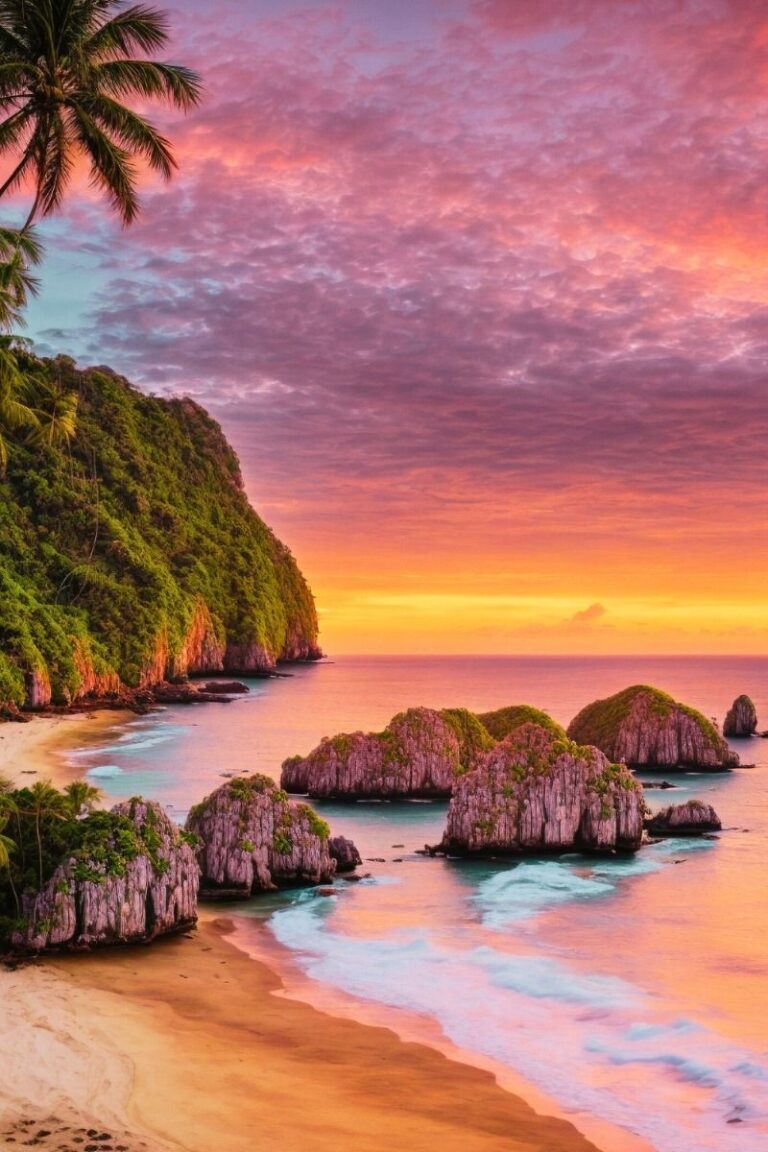
![Best Itinerary Cambodia 1/2/3 Weeks [ Pro Traveler 2025 ]](https://funkyfreshtravels.com/wp-content/uploads/2025/05/3bbb0d50f6bcb212a6d5f7ac1f7c0cfc.jpg)